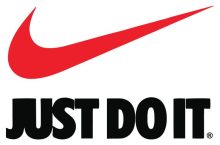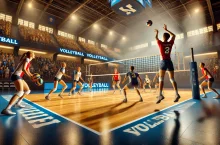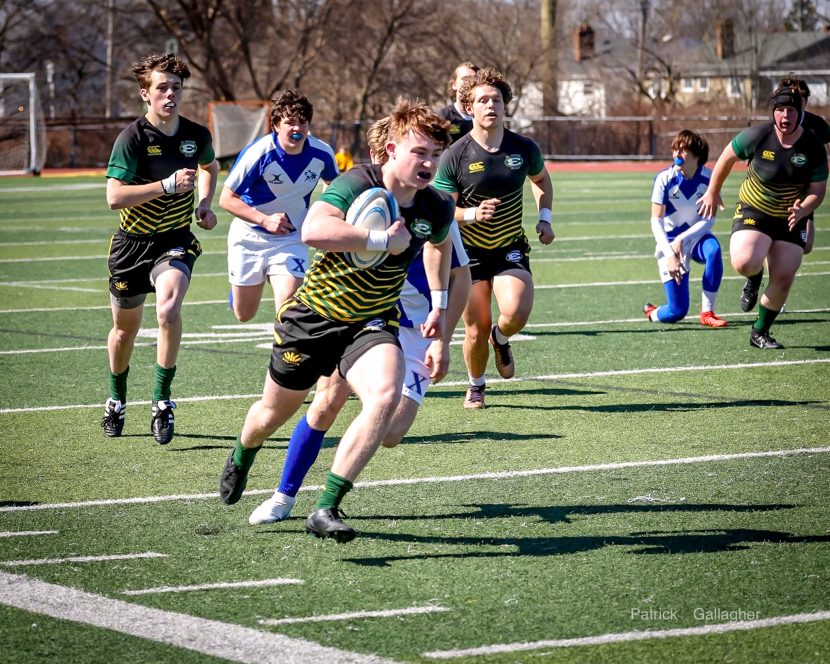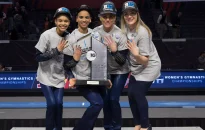In the 1950s, the eight colleges that formed the Ivy League (including Harvard and Penn) withdrew from major league athletics and have recently announced they were staying that way. But along came cable television and the contracts between colleges and commercial networks worth billions. While the athletic departments became awash in cash, the academic side […]

In the 1950s, the eight colleges that formed the Ivy League (including Harvard and Penn) withdrew from major league athletics and have recently announced they were staying that way.
But along came cable television and the contracts between colleges and commercial networks worth billions. While the athletic departments became awash in cash, the academic side of the school continued to labor along with normal student fees, endowments and taxpayer dollars. Coaches and athletic directors became rich while physics professors lagged behind.
Cove historian Jim Wentz writes a monthly column for the Mirror.
Now that Name, Image, Likeness (NIL) money is flowing to the players, some superstars are raking in thousands of dollars, and a Transfer Portal allows players to move to the highest bidder. This is where the press focuses its attention, but I have seen only one media mention of what, if any, academic standards apply to the modern day student-athletes.
What now? If the star quarterback is being paid handsomely in NIL money and enjoys distractions away from the campus, will the coaching staff and registrar’s office overlook the situation? Is anyone following his academic eligibility? Does anyone care?
Former NFL coach Bill Belichick is taking his football wizardry to the University of North Carolina, where a clause in his multi-million-dollar contract provides for a bonus of 0,000 if the Tar Heels post at least a 3.0 (B) team GPA. In the past, a rather frequent reason for taking a scholarship away from a player was if he stopped going to class or cooperating with academic support staff.
The Nittany Lions’ football team finished fifth nationally in the past season and is predicted to be among the top five next year. Does finishing fifth in football and 77th in overall academics equal success that is tolerated by students, alumni, administration and taxpayers?
Is this fair within institutions supposedly dedicated to academic achievements first and athletic programs as personal exercise enrichments? College athletics became a spectacle that grabbed the public’s attention, while the academic side became secondary. As one skeptical wit noted years ago, “100,000 people will not buy tickets to see 11 physics professors deliver lectures.”
Penn State is a member of a Big Ten’s academic excellence group that seeks to keep scholarly success an integral part of the student-athlete experience. It gets mixed reviews. Being listed at 50 or lower among U.S. colleges and universities is considered high achievement. In a recent ranking by U.S. News & World Report, Penn State ranked 77th, tied with Michigan State.
Second, admit that college football is no longer an amateur sport and form college club squads with players that no longer masquerade as students and are in fact paid employees, much like players for the Pittsburgh Pirates and the Altoona Curve.
Here are two suggestions for corralling the runaway situations facing colleges. First, do as James Franklin proposes and elect a commissioner to preside over the reorganization of college athletics.
I have been reading a lot lately about college football players gaining the right to call themselves employees of the institutions they represent. This is a vast departure from the century-old model of college athletes being considered amateur student-athletes, generally entitled to free tuition, room and board. These players were trading their athletic talents for the chance to earn a college life-changing diploma.















